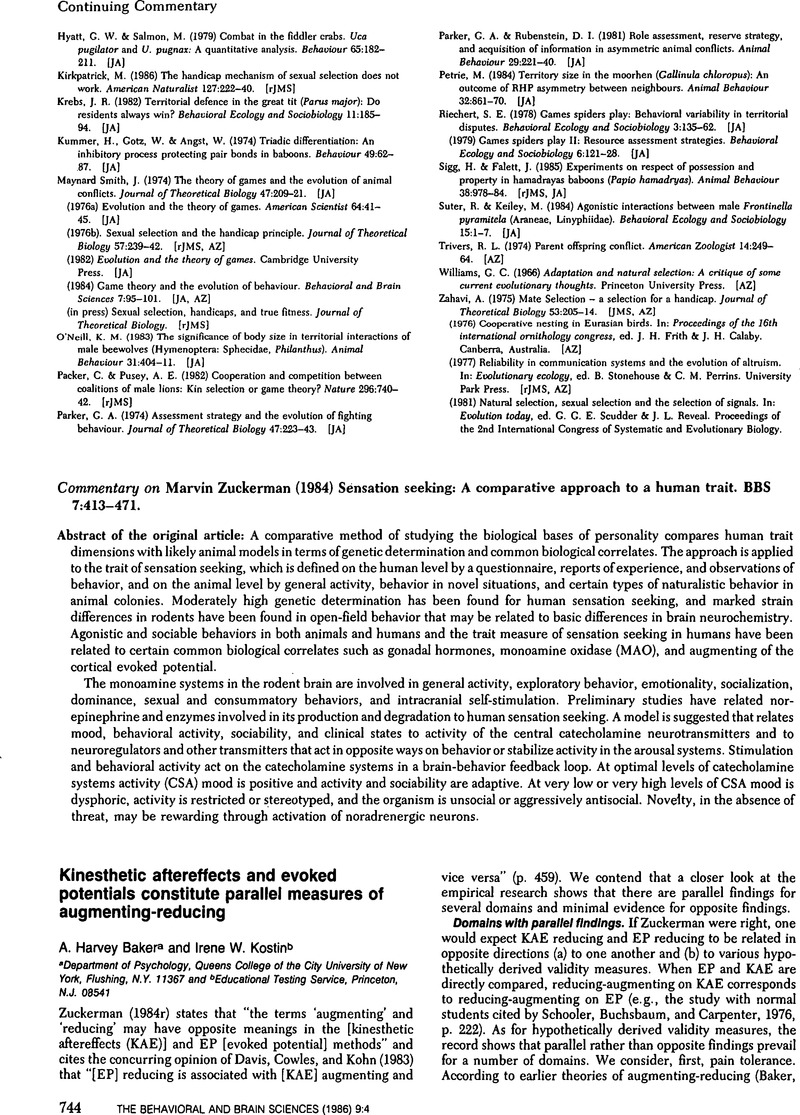Crossref Citations
This article has been cited by the following publications. This list is generated based on data provided by Crossref.
Zuckerman, Marvin
1989.
Personality in the third dimension: A psychobiological approach.
Personality and Individual Differences,
Vol. 10,
Issue. 4,
p.
391.
Zuckerman, Marvin
1990.
The Psychophysiology of Sensation Seeking.
Journal of Personality,
Vol. 58,
Issue. 1,
p.
313.
Strelau, Jan
1991.
Are psychophysiological/psychophysical scores good candidates for diagnosing temperament/personality traits and for a demonstration of the construct validity of psychometrically measured traits?.
European Journal of Personality,
Vol. 5,
Issue. 5,
p.
323.
Carrillo-de-la-Peña, M.T.
1992.
ERP augmenting/reducing and sensation seking: a critical review.
International Journal of Psychophysiology,
Vol. 12,
Issue. 3,
p.
211.
Zuckerman, Marvin
1992.
What is a basic factor and which factors are basic? Turtles all the way down.
Personality and Individual Differences,
Vol. 13,
Issue. 6,
p.
675.
Carrillo-de-la-Peña, M.T.
and
Barratt, E.S.
1993.
Impulsivity and ERP augmenting/reducing.
Personality and Individual Differences,
Vol. 15,
Issue. 1,
p.
25.
2004.
On the Psychobiology of Personality.
p.
503.





